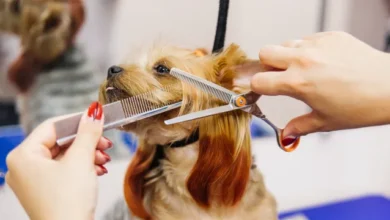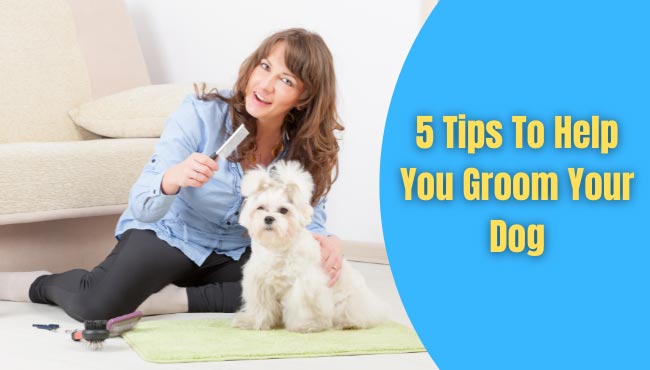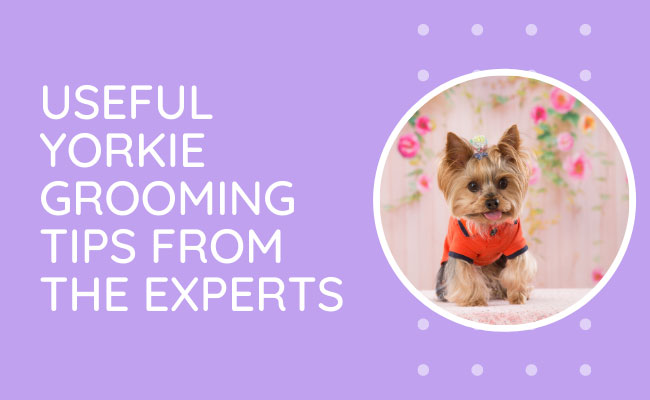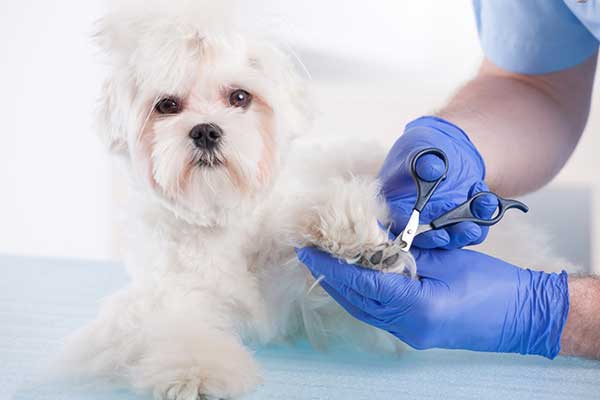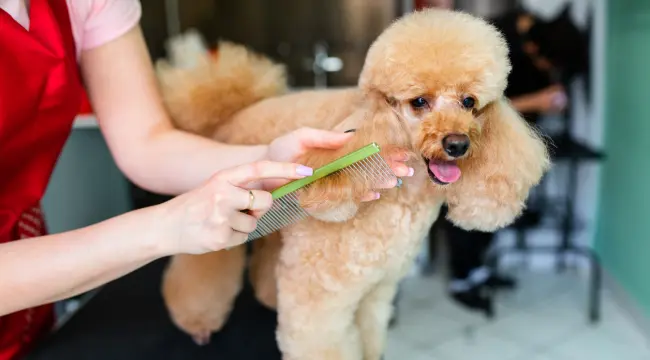
Grooming your furry friend is not just about keeping them clean; it’s an art form that varies widely depending on the breed. From the curly coats of Poodles to the thick fur of Huskies, each breed comes with its unique grooming needs. In this guide, we delve into breed-specific grooming, exploring tips, techniques, and essential tools like waterless dog shampoo and the trusty dog towel.
Understanding Your Furry Pal’s Coat
Before diving into grooming specifics, it’s crucial to understand your dog’s coat type. Here are some common coat types and the breeds they are associated with:
1. Curly Coats
- Breed Examples: Poodles, Bichon Frise
- Characteristics: Dense, curly, and often hypoallergenic.
- Grooming Needs: Regular clipping and shaping to maintain the classic Poodle look.
2. Double Coats
- Breed Examples: German Shepherds, Huskies
- Characteristics: Thick undercoat with a longer outer coat.
- Grooming Needs: Frequent brushing to prevent matting, especially during shedding seasons.
3. Smooth Coats
- Breed Examples: Dachshunds, Beagles
- Characteristics: Short, sleek, and low maintenance.
- Grooming Needs: Regular baths to keep the coat shiny and clean.
4. Wire Coats
- Breed Examples: Terriers (e.g., Jack Russell Terrier)
- Characteristics: Harsh, rough-textured coats.
- Grooming Needs: Hand-stripping or trimming to maintain the wire texture.
Understanding your dog’s coat type will guide you in selecting the right grooming techniques and products.
The Grooming Arsenal: Tools of the Trade
To embark on your breed-specific grooming journey, gather these essential tools:
1. Brushes and Combs
- Slicker Brush: Ideal for removing mats and tangles in curly or double coats.
- Undercoat Rake: Essential for breeds like Huskies to remove loose fur from the undercoat.
- Metal Comb: Helps detangle and smooth out any remaining knots.
2. Clippers and Scissors
- Electric Clippers: Perfect for trimming curly coats like those of Poodles.
- Round-Tip Scissors: Ensures safety when trimming sensitive areas around the eyes and ears.
- Thinning Shears: Useful for blending and creating a natural look, especially in double-coated breeds.
3. Shampoos and Conditioners
- Waterless Dog Shampoo: Waterless dog shampoo is ideal for quick touch-ups between baths, especially for breeds with sensitive skin.
- Conditioner: Keeps the coat shiny and moisturized, particularly for breeds with long or curly hair.
4. Dog Towel
- Microfiber Towel: A dog towel absorbs moisture quickly and efficiently, perfect for drying off after baths or walks in the rain. Having the right tools on hand ensures a smooth grooming experience for both you and your furry companion.
Tailored Grooming Techniques for Different Breeds
Let’s delve into some breed-specific grooming techniques tailored to popular dog breeds:
1. Poodles
- Clipper Cuts: Achieve the classic Poodle look with various clipper blade lengths.
- Topknot Maintenance: Regularly trim and shape the topknot to keep it neat and stylish.
- Pom-Poms: Carefully trim and shape the pom-poms on the legs and tail for a polished appearance.
You can use dog grooming products wholesale for big savings.
2. Huskies
- Undercoat Raking: Use an undercoat rake to remove loose fur and prevent matting.
- Frequent Brushing: Brush the thick fur to minimize shedding and keep the coat healthy.
- Paw Pad Trimming: Trim the fur around the paw pads to prevent ice balls from forming in winter.
3. Terriers
- Hand-Stripping: Maintain the wire texture of the coat by hand-stripping dead hair.
- Facial Trimming: Trim around the eyes and ears with round-tip scissors for a tidy look.
- Regular Brushing: Use a slicker brush to remove loose hair and prevent matting.
4. Beagles
- Regular Baths: Keep the short coat clean with regular baths using a gentle dog shampoo.
- Ear Cleaning: Beagles are prone to ear infections, so clean the ears regularly with a vet-approved solution.
- Nail Trimming: Trim the nails every few weeks to prevent overgrowth and discomfort.
Tips for a Successful Grooming Session
Now that you have the tools and techniques, here are some additional tips for a successful grooming session:
- Start Early: Introduce grooming to your pup at a young age to make it a positive experience.
- Be Patient: Take your time, especially with sensitive areas like ears and paws.
- Use Treats: Reward good behavior during grooming sessions to create positive associations.
- Check for Skin Issues: While grooming, watch for any signs of skin irritation or parasites.
- Consult a Professional: If unsure about a specific grooming technique, consult a professional groomer for guidance.
Conclusion
In conclusion, breed-specific grooming is essential to caring for your canine companion. Whether you have a Poodle with curly locks or a Husky with a thick double coat, understanding their grooming needs and using the right tools like waterless dog shampoo and a trusty dog towel will keep them looking and feeling their best. Embrace the art of grooming as a bonding experience that strengthens the bond between you and your furry friend.
